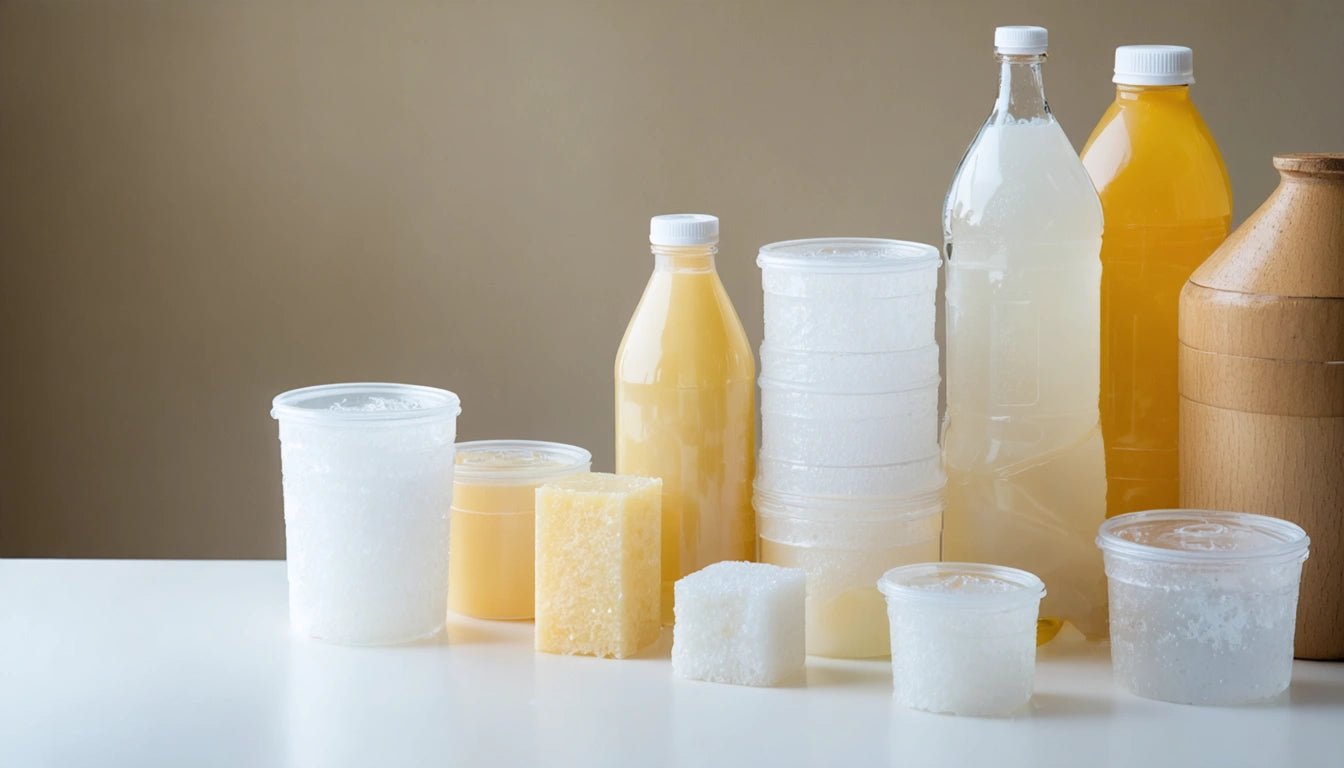Table of Contents
- What is Glassine? Definition and Basic Properties
- How Glassine is Manufactured
- Common Uses of Glassine in Various Industries
- Glassine vs. Glass: Understanding the Differences
- Related Materials: Menthol Crystals and Other Substances
- Sustainability and Environmental Considerations
- Future Applications and Innovations in Glassine Technology
Understanding Glassine: Definition, Uses, and Related Materials
Glassine is a specialized material that plays a crucial role in various packaging applications, yet many people remain unfamiliar with what it actually is. This article explores the definition of glassine, its unique properties, common applications, and how it compares to related materials like glass and other packaging options.
What is Glassine? Definition and Basic Properties
To define glassine properly, it's a smooth, glossy paper that is air, water, and grease resistant. What is glassine paper specifically? It's a thin, translucent or semi-transparent sheet material made from wood pulp that has undergone extensive beating during production. This process creates a dense material with a highly smooth surface.
Key properties of glassine include:
- Translucency (allows light to pass through while maintaining privacy)
- Resistance to air, grease, and moisture
- Lightweight yet durable construction
- Non-toxic and food-safe characteristics
- Ability to be heat-sealed when coated
Unlike regular paper, glassine has a distinctive glossy appearance and feel, making it instantly recognizable to those familiar with specialty papers and packaging materials.
How Glassine is Manufactured
The production of glassine involves several specialized steps that differentiate it from standard paper manufacturing:
1. Pulping: Wood fibers are broken down into pulp through chemical or mechanical processes.
2. Beating: The pulp undergoes extensive beating, which fibrillates the fibers, creating a more densely packed structure.
3. Supercalendering: The paper passes through heated rollers under high pressure, creating the characteristic smooth, glossy surface.
4. Optional coating: For specialized applications, glassine may receive additional coatings to enhance moisture resistance or heat-sealing properties.
This manufacturing process shares some similarities with glass bottle production, though the materials and end results are vastly different.
Common Uses of Glassine in Various Industries
Glassine's unique properties make it valuable across multiple industries:
Food Packaging
Glassine is commonly used for food wrapping due to its grease resistance and food-safe properties. It's particularly popular for bakery items, candies, and fatty foods.
Pharmaceutical Applications
The medical industry utilizes glassine for packaging medications, as it provides protection while maintaining cleanliness. Many pill packets and powder sachets use glassine as a barrier material.
Cannabis Industry
In the cannabis sector, glassine has become a popular material for packaging products like pre-rolled cones. Our premium pre-rolled cone selection often incorporates glassine elements for preservation and presentation purposes.
Collectibles Protection
Collectors of stamps, photographs, and delicate artifacts often use glassine envelopes or sleeves to protect items from environmental damage while still allowing visibility.
Glassine vs. Glass: Understanding the Differences
Despite the similar names, glassine and glass are fundamentally different materials:
While many wonder "is glass a mineral?" (it's actually an amorphous solid made primarily from silica), glassine is entirely paper-based. Glass is rigid, completely transparent, and offers superior barrier properties, as detailed in this article on glass properties.
Unlike glass, glassine:
- Is flexible and can be folded or creased
- Has limited transparency (translucent rather than transparent)
- Is significantly lighter in weight
- Cannot be recycled in the same streams as glass
- Is more susceptible to temperature changes than glass
Related Materials: Menthol Crystals and Other Substances
When discussing specialty materials in packaging and product formulations, other substances like menthol crystals often come up. What are menthol crystals? They're crystalline compounds derived from mint oils or produced synthetically, used in various products for their cooling sensations and aromatic properties.
While unrelated to glassine in composition, menthol crystals and glassine might be found together in packaging applications, particularly for products where maintaining freshness and aroma is important.
Other related packaging materials that serve similar functions to glassine include:
- Wax paper (less transparent but with good moisture resistance)
- Parchment paper (heat resistant but less glossy)
- Cellophane (more transparent but often less environmentally friendly)
- Kraft paper (stronger but not translucent)
Sustainability and Environmental Considerations
The environmental impact of glassine compares favorably to many alternative packaging materials:
Glassine is biodegradable and can be recycled with paper products, though its coatings may affect recyclability in some facilities. When compared to plastic films or plastic packaging, glassine offers a more environmentally friendly alternative.
For businesses looking to improve their sustainability profile, switching to glassine from plastic-based packaging can be a significant step forward. However, it's important to note that glassine production still requires forestry resources and energy inputs.
Future Applications and Innovations in Glassine Technology
The packaging industry continues to evolve, with glassine adapting to new requirements:
Recent innovations include enhanced barrier properties through specialized coatings, compostable glassine variants, and integration with smart packaging technologies. As demand for sustainable packaging grows, glassine is likely to see expanded applications across food, pharmaceutical, and consumer goods sectors.
For businesses considering packaging options, understanding what glassine is and its potential applications can open new possibilities for product presentation and protection. Whether for food preservation, collectible storage, or specialized industrial uses, glassine offers a versatile solution that balances functionality with environmental considerations.
When properly applied and disposed of, glassine represents a packaging material that aligns with both practical needs and growing environmental consciousness in modern manufacturing and retail.



















